EtonGreen Live Crassula Hemisphaerica Succulent Plant
₹1,750.00 ₹775.00
- Crassula hemisphaerica is a succulent plant with usually one, rarely 2 or 3 rosettes of recurved tightly packed leaves. so the Rosette Hemisphirical in section.
- It has green flat leaves that are opposite, arranged in rosettes, with margins with white hairs.
- The Crassula Hemisphaerica is a must-have succulent with a beautiful cluster.
- Crassula needs a well draining soil. A well draining soil is very important.
- Crassula Hemisphaerica is best known to be a strange looking succulent. As the plant matures you can expect it to turn light green to dark green with darkish spots around the finely shaped leaves and light green color around the edges. When the plant produces flowers expect small white flowers.
2 in stock
Crassula hemisphaerica is a succulent plant with usually one, rarely 2 or 3 rosettes of recurved tightly packed leaves. Crassula hemisphaerica is a dwarf succulent, maximum 10-15 centimeters tall, with a few rosettes of sessile leaves (maximum 2-3 but, more often, just one). Its name, C. hemisphaerica, is due to the densely packed and curved leaves that make the rosette hemisphaerical in section. Leaves are oval or elliptic, maximum 5 centimeters long and 3 centimeters wide, flattened, grey-green with many hydathodes (little holes that look like tiny bumps), grouped in the upper part. Leaves are overlapped upon the stems and densely packed together, so that the stem is not visible and the plant ends to look like a flattened, pretty rosette. Inflorescences are spike-like thyrses which overhang the rest of the plant, with an erect peduncle which bears axillary creamy or white flowers with black anthers.
| Weight | 0.500 kg |
|---|---|
| Dimensions | 10 × 10 × 25 cm |
Up sells product
- Belongs to the Crassula genus of succulents, the Crassula Baby Necklace is one of the most striking yet adorable succulents.
- Crassula ‘Baby’s Necklace’ Flat, button-like leaves encase the stems like beads on a string.
- This plant look extremely beautiful. If you talk about its matured height, Crassula Baby Necklace stays quietly small and grows only up to 12-inches. This way, it forms clumps of upright stems that emerge up to the same height.
- make sure to water the plant when the soil is dry to touch and do not water it again until it drains completely.
- Plant Will Be Given With Free Plastic Pot
- This plant is a cluster of rosette shaped leaves in beautiful shades of emerald green, lime green and rose, like glittering jewels.
- ‘Campfire’ requires very little care and prefers a location with good sun and good drainage. Blooms with inconspicuous white flowers
- Crassula Erosula Flame plant are very easy to grow
- Rare Variety
- Plant Will Be Given With free Plastic Pot
EtonGreen Live Succulent Plant Crassula Campfire
- Crassula capitella, is a perennial succulent plant native to southern Africa.
- This is very colorful and eye-catching branched succulent with densely compact propeller-shaped leaves.
- The foliage of this plant grows in prostrate with lime green color at the bottom and turns red at the tips.
- it grows very fast with a little bit of care and produces vibrant and bright color
- This campfire succulent particularly attracts the bees and butterfly If you are a real lover of butterfly this is the best option for you.
- Plant will be given With Free Plastic Pot
- Water needs only moderate watering when established Keep in direct sun, water in morning, and water only when soil is fully dry
- Its foliage has a very unique and exclusive feature when you give a little bit of stress to this plant it will achieve a vibrant and bright red color mainly in winter.
Related products
- Also known as variegated elephant bush or rainbow portulacaria plant, rainbow elephant bush (Portulacaria afra ‘Variegata’) is a shrubby succulent with mahogany stems and fleshy, green and creamy white foliage. Clusters of small, lavender-pink blooms may appear at branch tips.
- In its natural environment, variegated elephant bush can reach heights of up to 20 feet 6 m
- The home interior is an excellent place to grow elephant bush houseplants.
- Plant Will Be Given with Free Plastic Pot
- Syngonium Pink is one of the best indoor air purifying plant recommended by NASA. It eliminates mainly Benzene, Formaldehyde & gives fresh Oxygen.
- The arrowhead vine is among the most popular houseplants in the world.
- The indoor plant is also known as the Arrowhead plant, Arrowhead vine, or Goosefoot plant.
- The vibrant colors and patterned foliage make the plant have a stunning appearance. The plant usually thrives under indoor settings to add an aesthetic look.
- Plant Will Be Given With Free Plastic Pot
- Also known as flapjack paddle plant. this succulent kalanchoe plant has with thick, rounded, paddle-shaped leaves.
- The plant is also known as Red pancake because the leaves frequently take on a reddish or deep pink tint during the winter.
- Water needs only moderate watering when established Keep in direct sun, water in morning, and water only when soil is fully dry
- When watering indoor plants, allow the pot to drain completely before replacing the plant on its drainage saucer. Never over water, as kalanchoe, like all succulents, is prone to rot in soggy soil.
- Plant will be given With Free Plastic Pot
- These unique cacti are small in height, but since they grow in a cluster they add color and beauty to your garden experience
- Plant in an area of your garden that gets 6 hours of sunlight a day. If planting indoors, place in a room that gets a lot of sunlight
- This beautiful, small cactus has a cylindrical green body covered in interwoven white spines. “Thimble Cactus” grows in clusters, and propagates very easily. You can expect to see tiny cream-colored flowers in cooler months.
- Plant will Be Given With Free Plastic Pot
- The cotton candy fern plant’s Latin name is Nephrolepis exaltata.
- Nephrolepis Exaltata ‘Cotton Candy’ is a lusciously thick evergreen fern with beautiful sword-shaped leaves.
- The Cotton Candy fern has many soft and fluffy light-green leaves that flare up and outward as they grow.
- Plant Will Be Given With Free Plastic Pot
- The Philodendron Super Atom is a petite form of philodendron that produces glossy, green leaves with ruffled egdes
- Philodendrons were part of NASA clean cir study and found effective in improving indoor air quality by removing formaldehyde.
- Philodendron Super Atom is hardy, drought tolerant and a low maintenance air purifier houseplant which does not require to be fed or watered frequently and does exceedingly well in low light indoor conditions.
- It has beautiful leaves with different shapes and shades, capable to clean several types of air borne pollutants. It is a air purifier plant
- Latin Name : Thaumatophyllum bipinnatifidum ‘Super Atom’ syn. Philodendron bipinnatifidum ‘Super Atom’

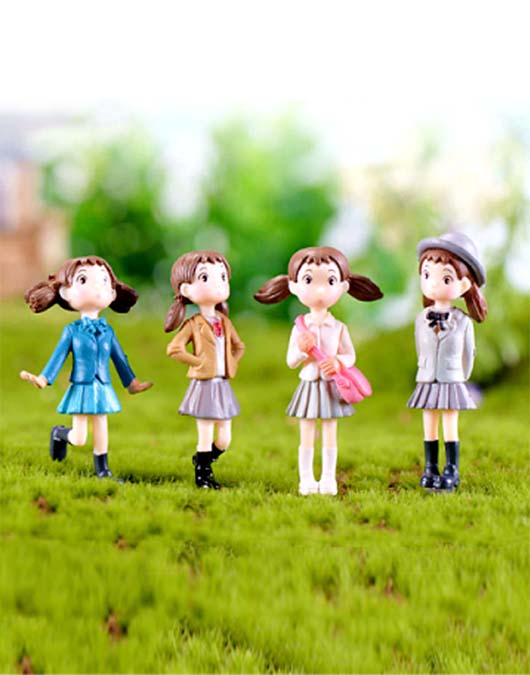
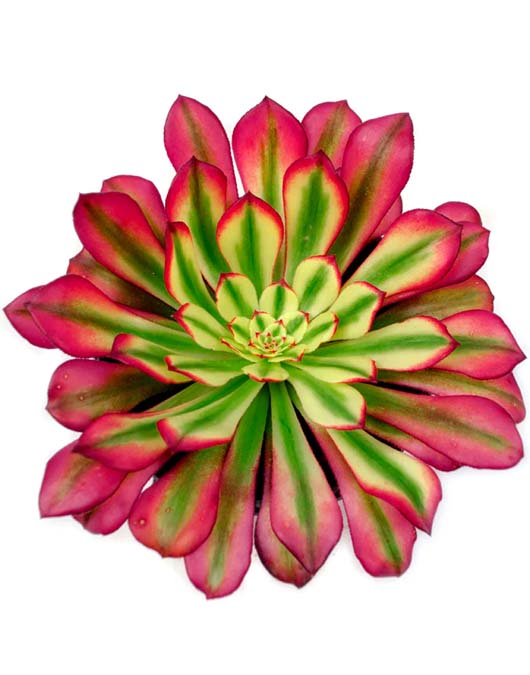
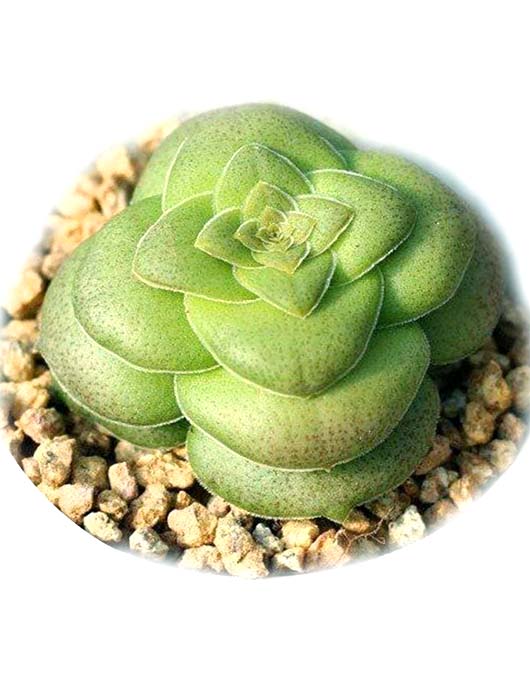
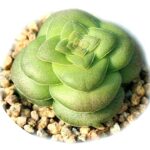
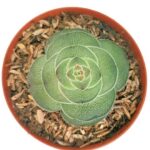
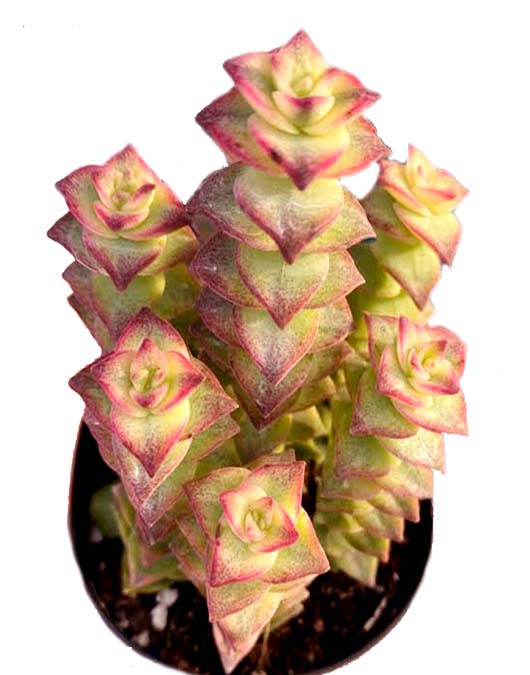
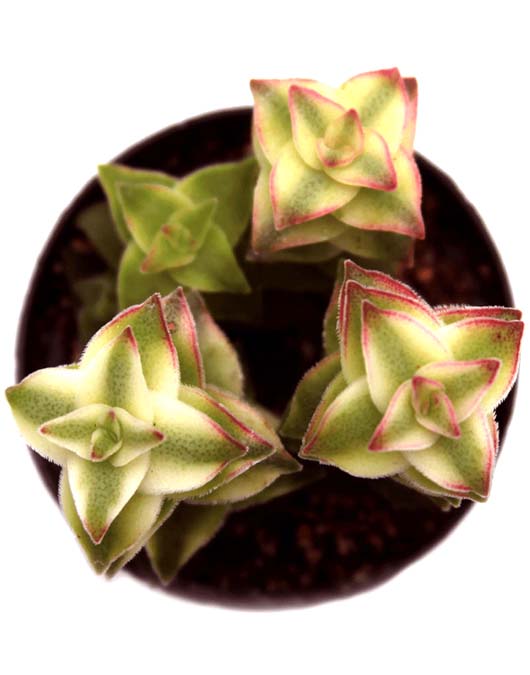
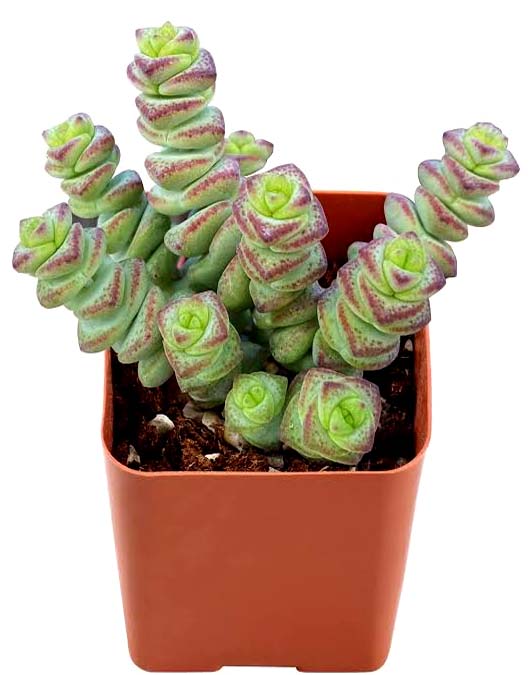
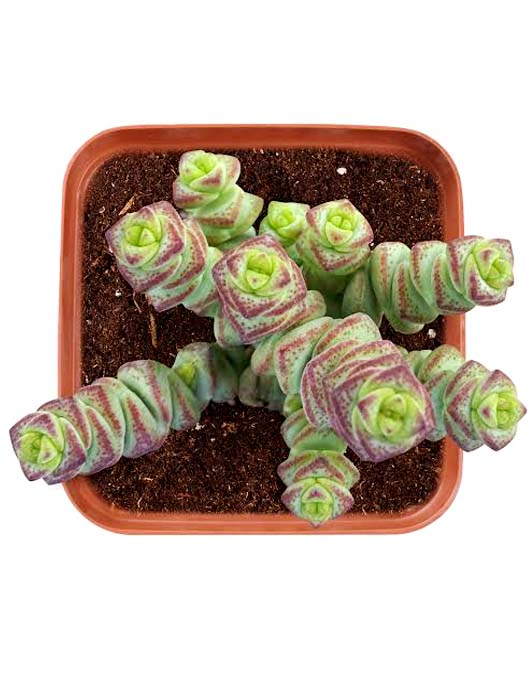
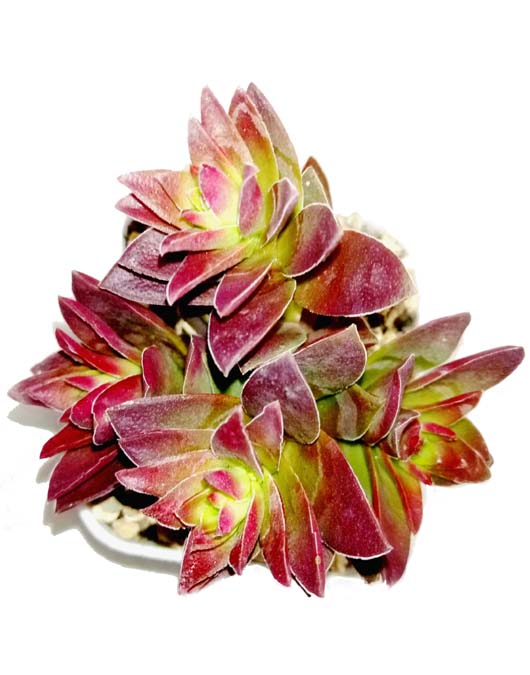

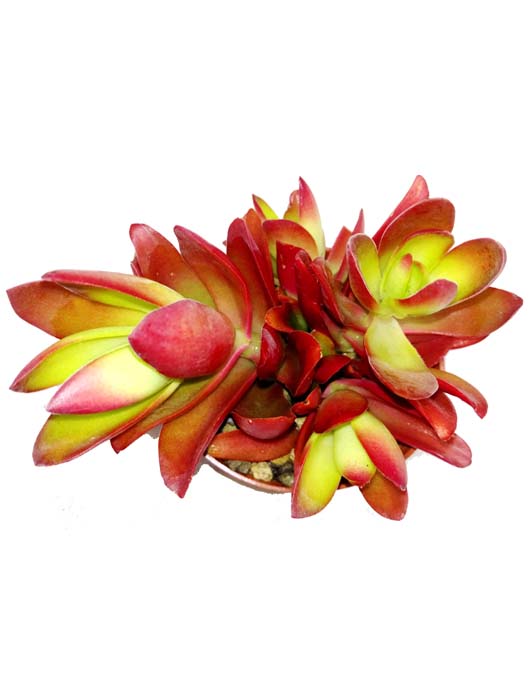

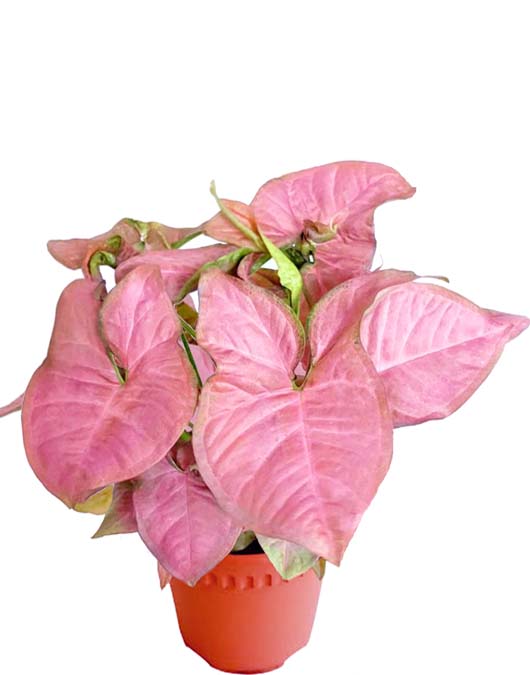
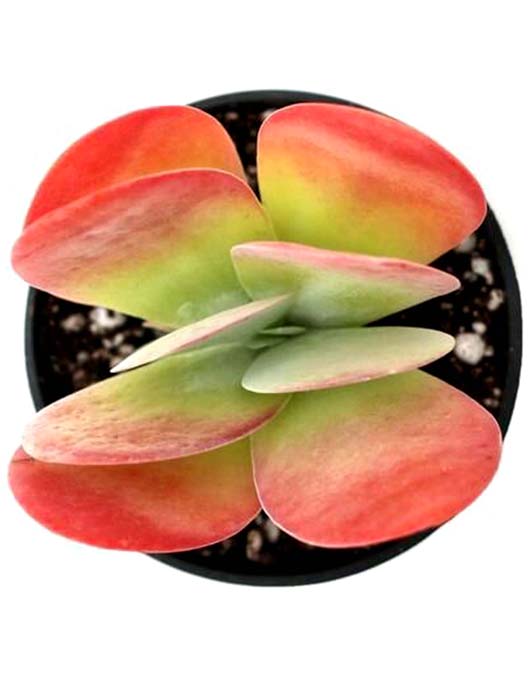

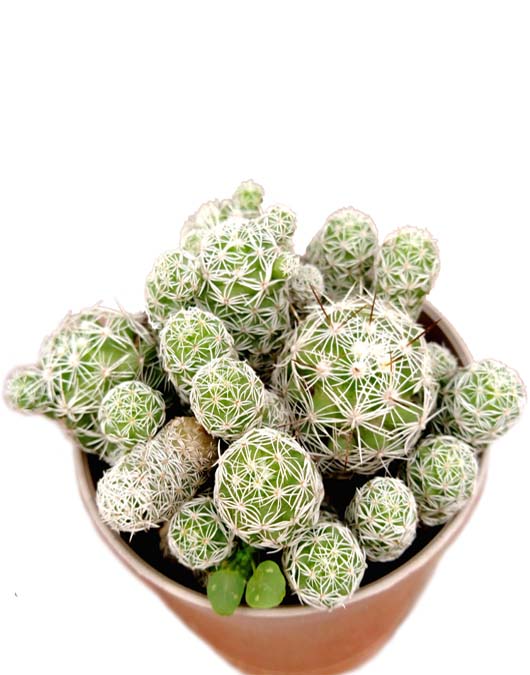
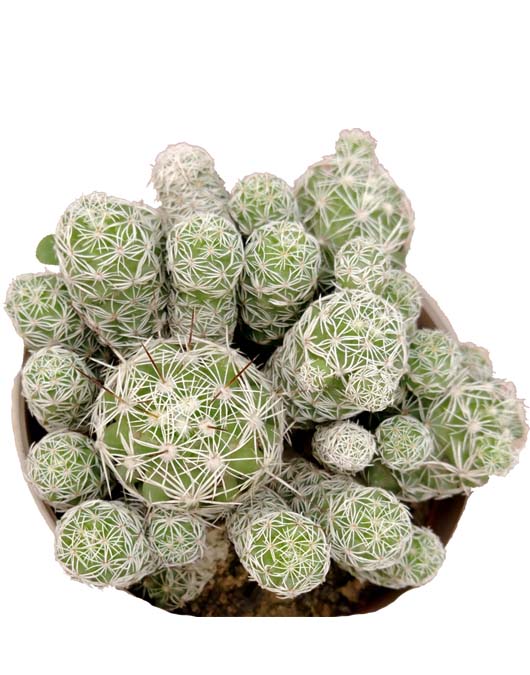

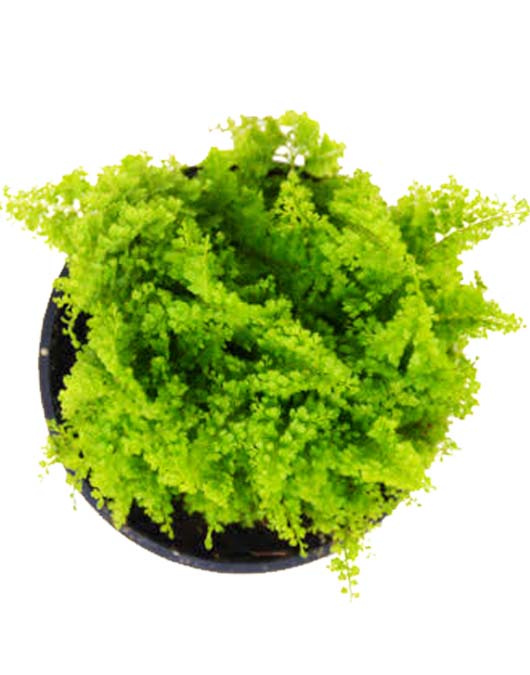
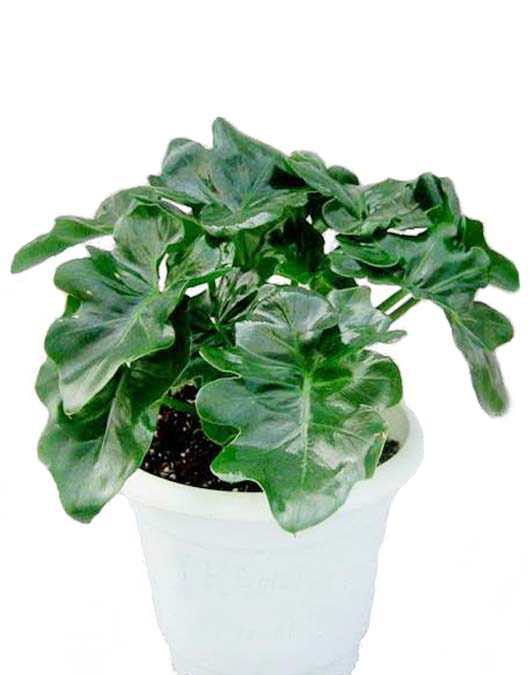

Reviews
There are no reviews yet.